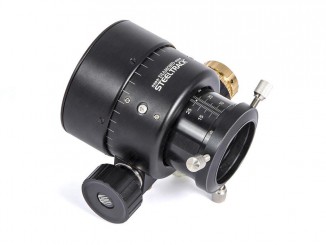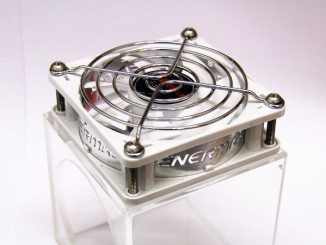In telescopic astronomy, there has been an opinion that the use of twin eyepiece devices cannot deliver the image quality of a single eyepiece. The additional light loss, a challenging accuracy of far more optical surfaces, and tiny but damaging axial misalignments are all factors that have caused some to view the binoviewer askance. Yet, microscopists have enjoyed their advantages long before someone thought to apply this principle to telescopes. (Indeed, the first binoviewers were scrappages from microscopes!)
Able to use both eyes, the brain is able to interpolate both fields. This results in a gain in contrast and a consequently improved perception of detail. There can also be a 3-D effect (although impressive, this is of course illusory since the split light path originates from a single beam). Whilst it is true that to properly get these gains the quality of the binoviewer has to be high, improvements of glass quality and lens coatings mean that possible losses are adequately compensated. There is a trade-off, but the benefits can exceed the light loss.
This new 650 gram binoviewer from Vernonscope is a very stylish model aimed at the top end of the twin eyepiece market. Employing Zeiss (Jena) optics and Schott glass prisms, it importantly has a clear light-path aperture of 22mm. This allows full-field illumination of most low-power eyepieces. Each eyepiece is of course independently focusable, separated by an inter-pupillary distance of between 55mm and 75mm.
The Vernonscope deluxe binoviewer is suitable for most telescopes, although (in common with all binoviewers) their consumption of 80mm back focus makes them less suitable for reflectors unless used in conjunction with a focal extender.
Price: £949
For more information: vernonscope.com




